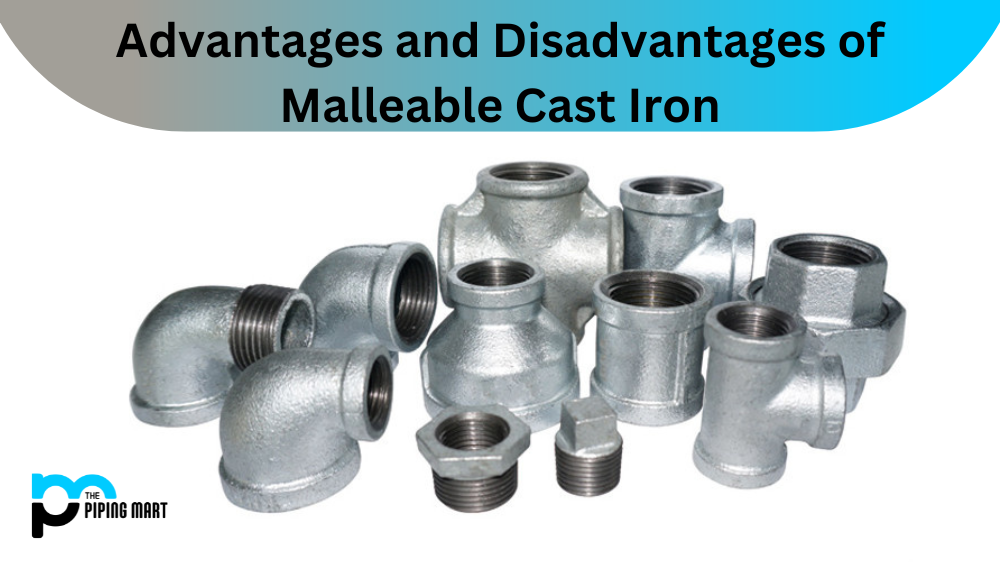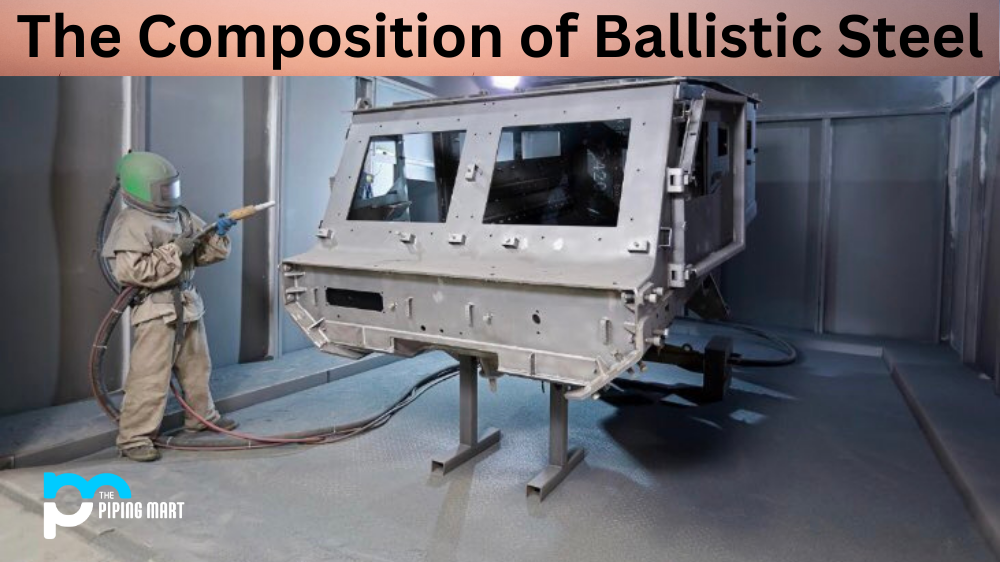Malleable cast iron is a versatile material used in various industries. This type of cast iron is made by heating white cast iron until it reaches a temperature close to its melting point. It is then rapidly cooled and reheated in a furnace filled with iron oxide for several hours. This process improves the ductility and strength of the iron. Though it has several advantages, it also has some limitations. This article will discuss the advantages and disadvantages of malleable cast iron.
Advantages of Malleable Cast Iron
Versatile
One of the most significant advantages of malleable cast iron is its versatility. It can be used in several applications, such as gears, pumps, pipe fittings, couplings, and automotive parts.
Cost-Effective
Compared to other metals, malleable cast iron is relatively inexpensive. This makes it an ideal choice for mass production of parts and products.
High Strength
Malleable cast iron has high strength, making it ideal for parts that require robustness and durability.
Corrosion Resistance
Malleable cast iron has corrosion resistance properties, making it suitable for products and parts exposed to moisture or chemicals.
Machinability
Malleable cast iron is easy to shape, drill, and tap, making it perfect for parts that require precise machining operations.
Disadvantages of Malleable Cast Iron
Brittle
Malleable cast iron is not as strong as other materials, such as steel and aluminium, making it more prone to cracking and breaking under stress.
Limited Temperature Tolerance
Malleable cast iron has limited temperature tolerance and cannot withstand extreme temperatures as it can break down quickly.
Heavy
Unlike aluminium and other lightweight metals, malleable cast iron is relatively heavy, making it unsuitable for some applications where weight is crucial.
Initial SSetupCost
Getting started with malleable cast iron requires a more expensive initial sesetupost, which can be a significant barrier to entry for small businesses.
Slow Cooling Process
Another disadvantage of malleable cast iron is that it requires a slow cooling process, which limits its production speed.
Conclusion
Malleable cast iron is a versatile material with various applications in different industries. Its advantages, versatility, low cost, high strength, corrosion resistance, and machinability make it widely used. However, like all materials, it has some limitations, such as brittleness, limited temperature tolerance, heavyweight, initial setup, and slow cooling process. Knowing the advantages and disadvantages of malleable cast iron can help you decide whether to use this type of cast iron for your parts or products.
Meet Heer, a dynamic and driven writer learning tricks of her trade in the metal industry. With a background in Digital Marketing, Heer brings a unique perspective to her writing, sharing valuable insights. Apart from blogging she like reading and hiking.




